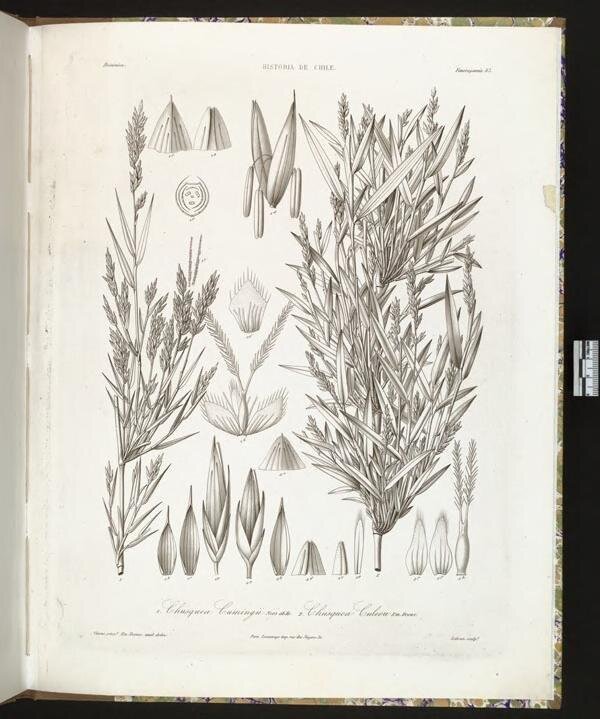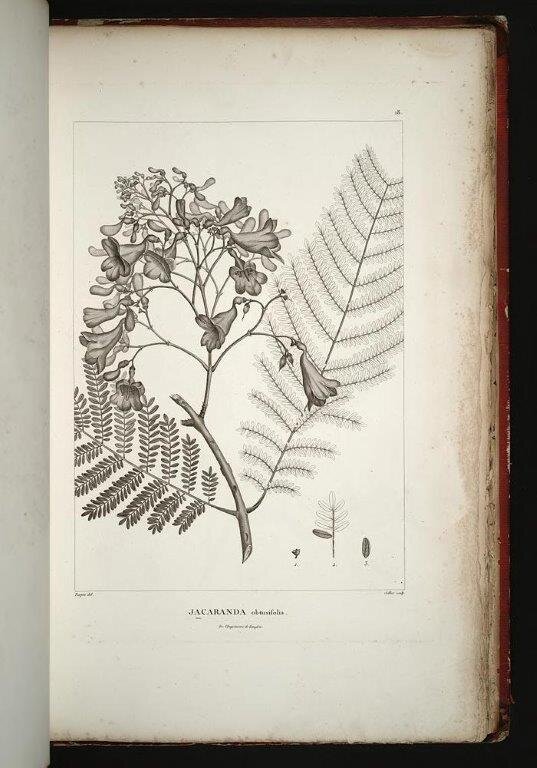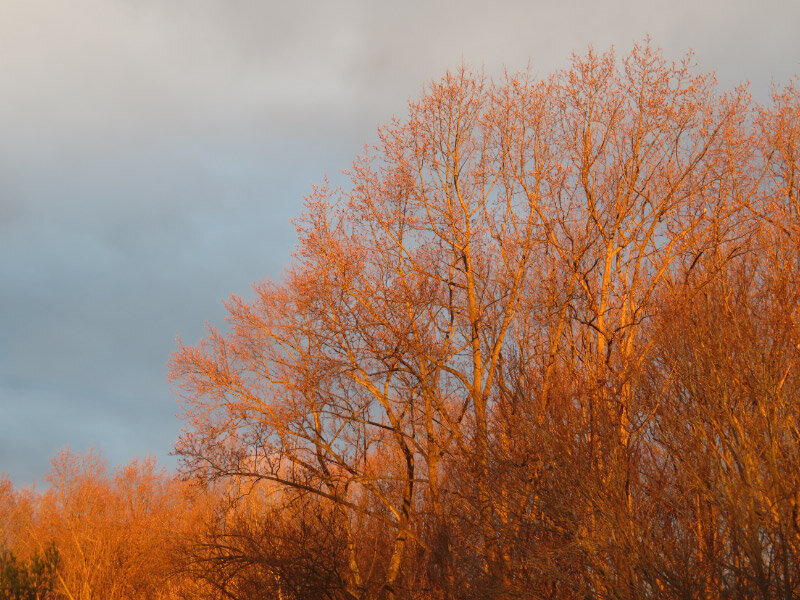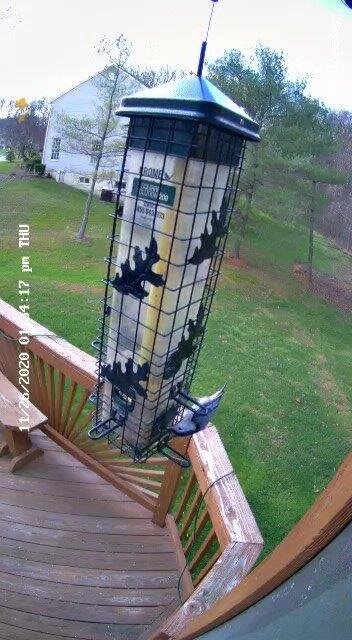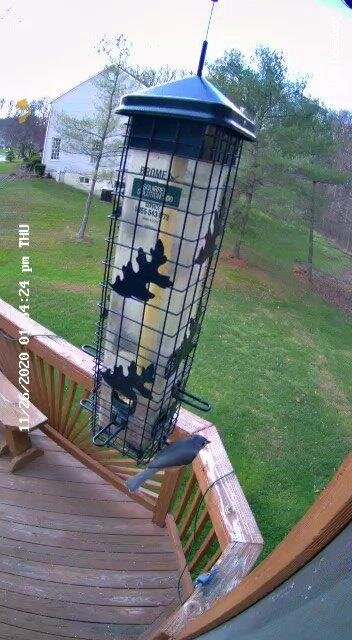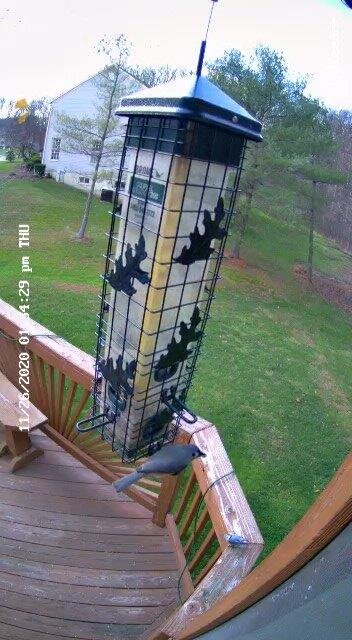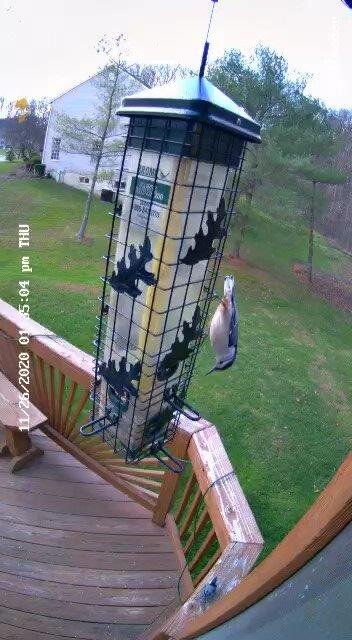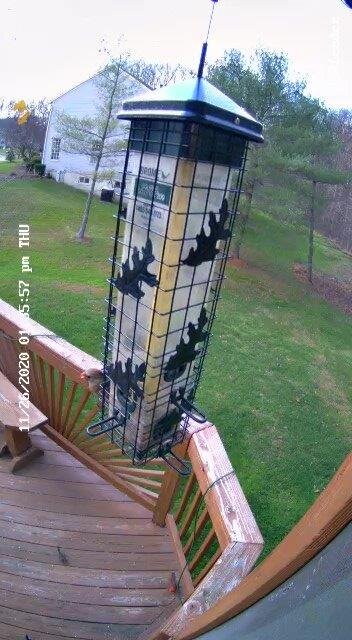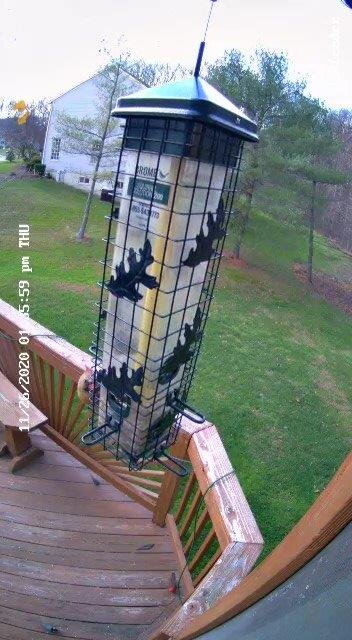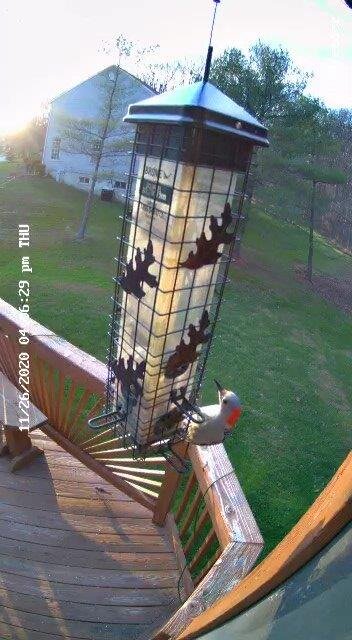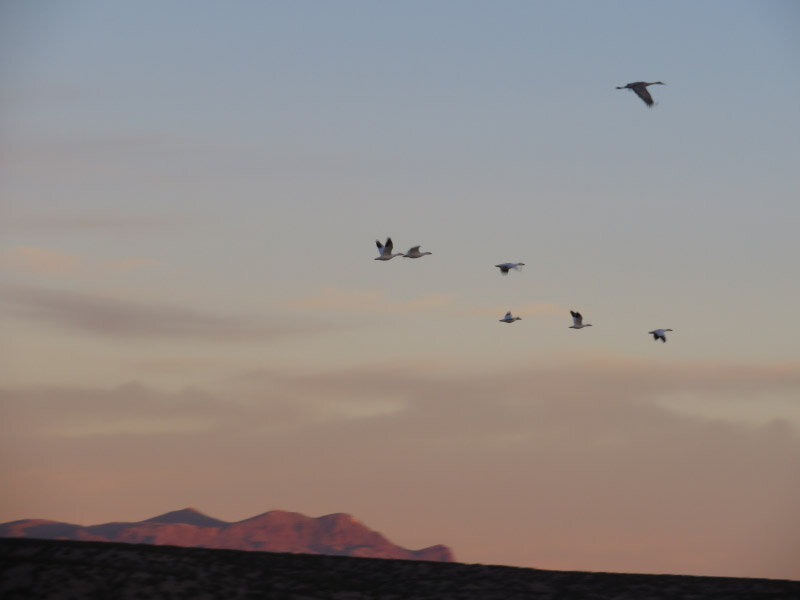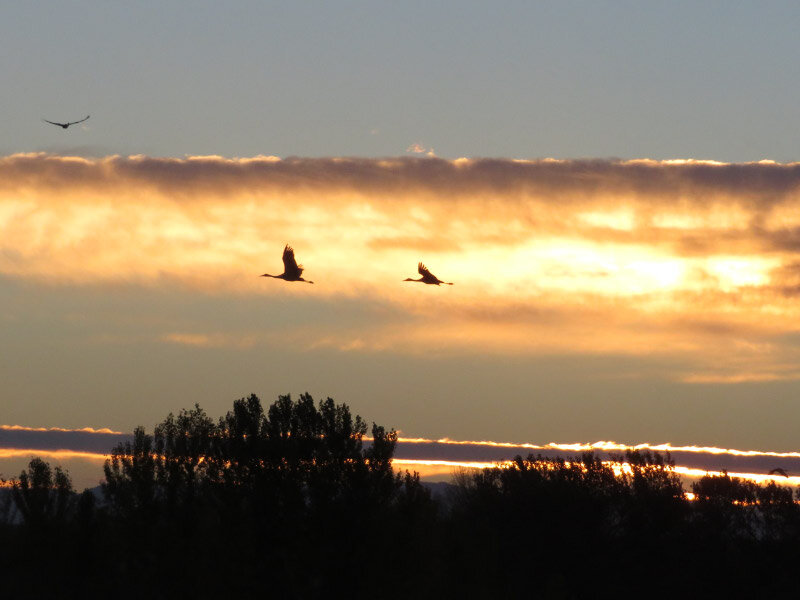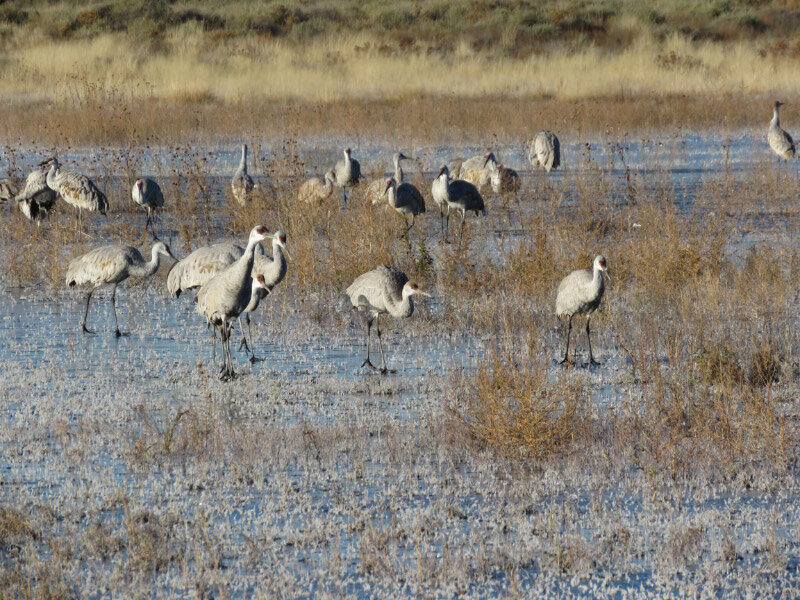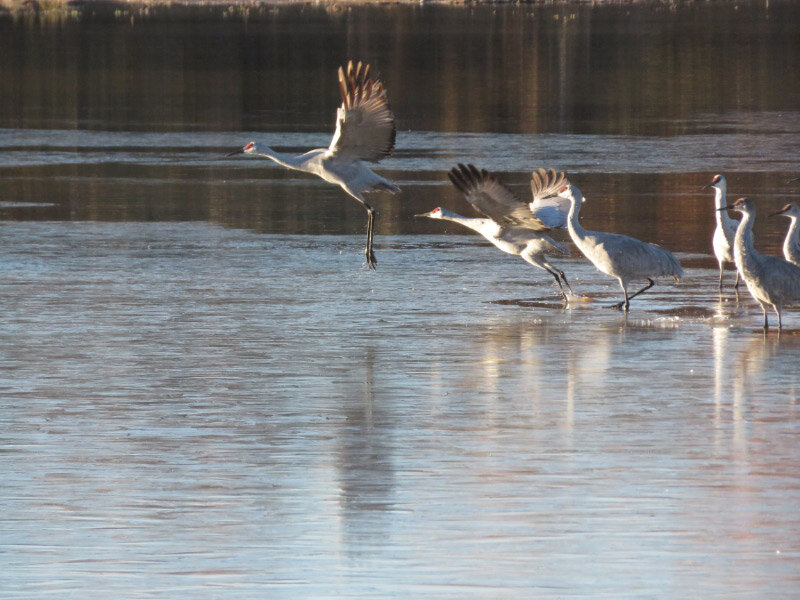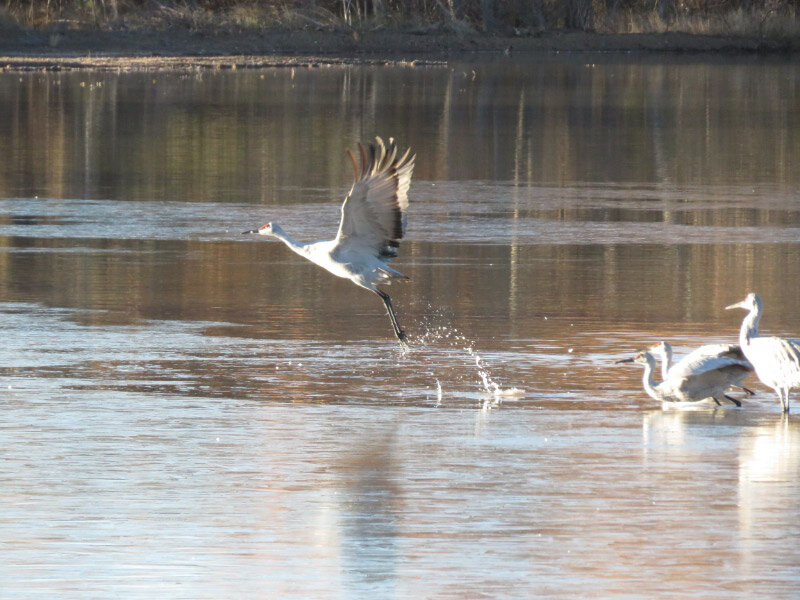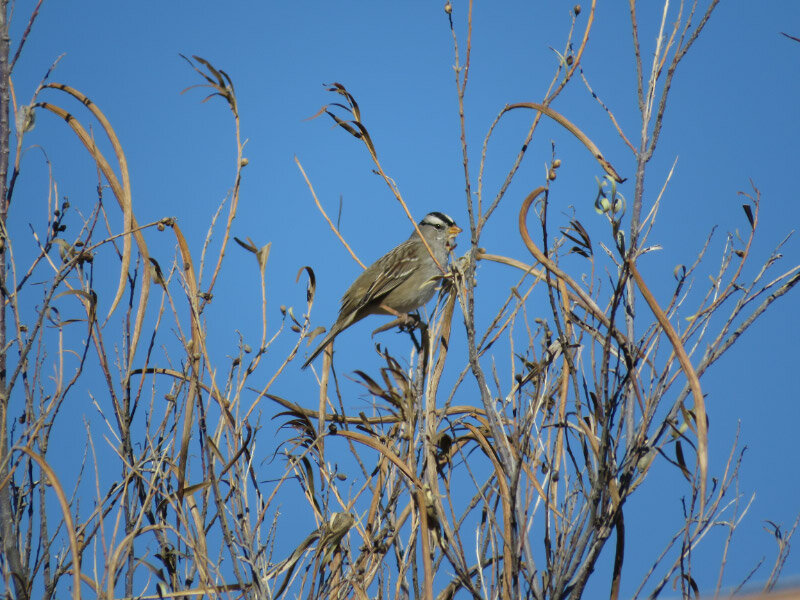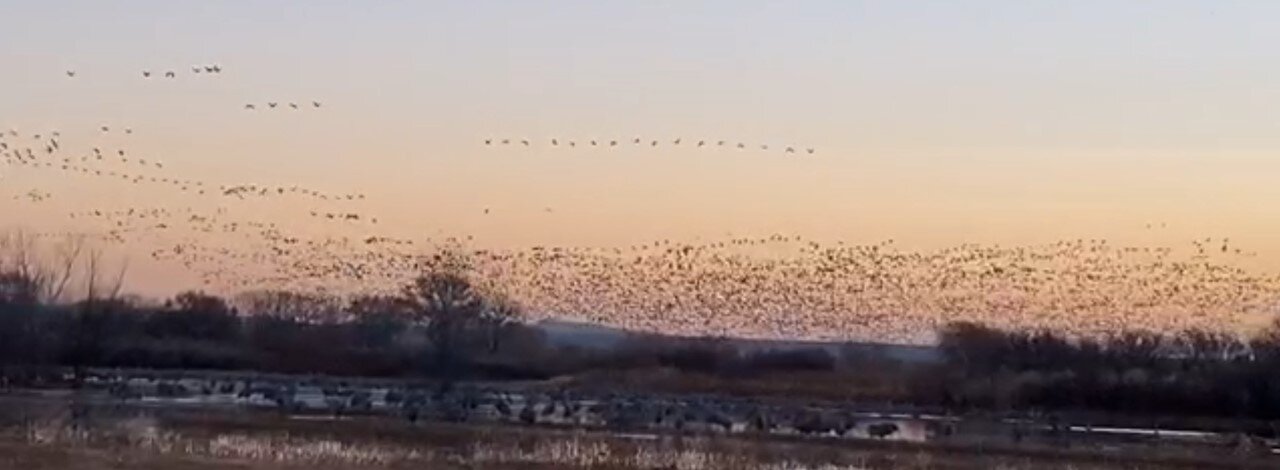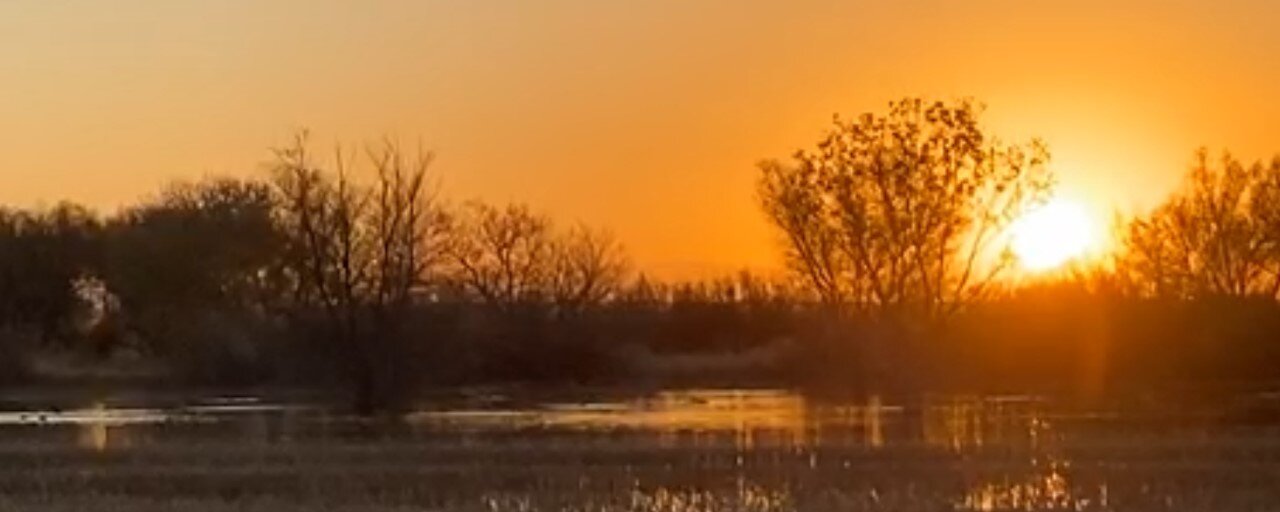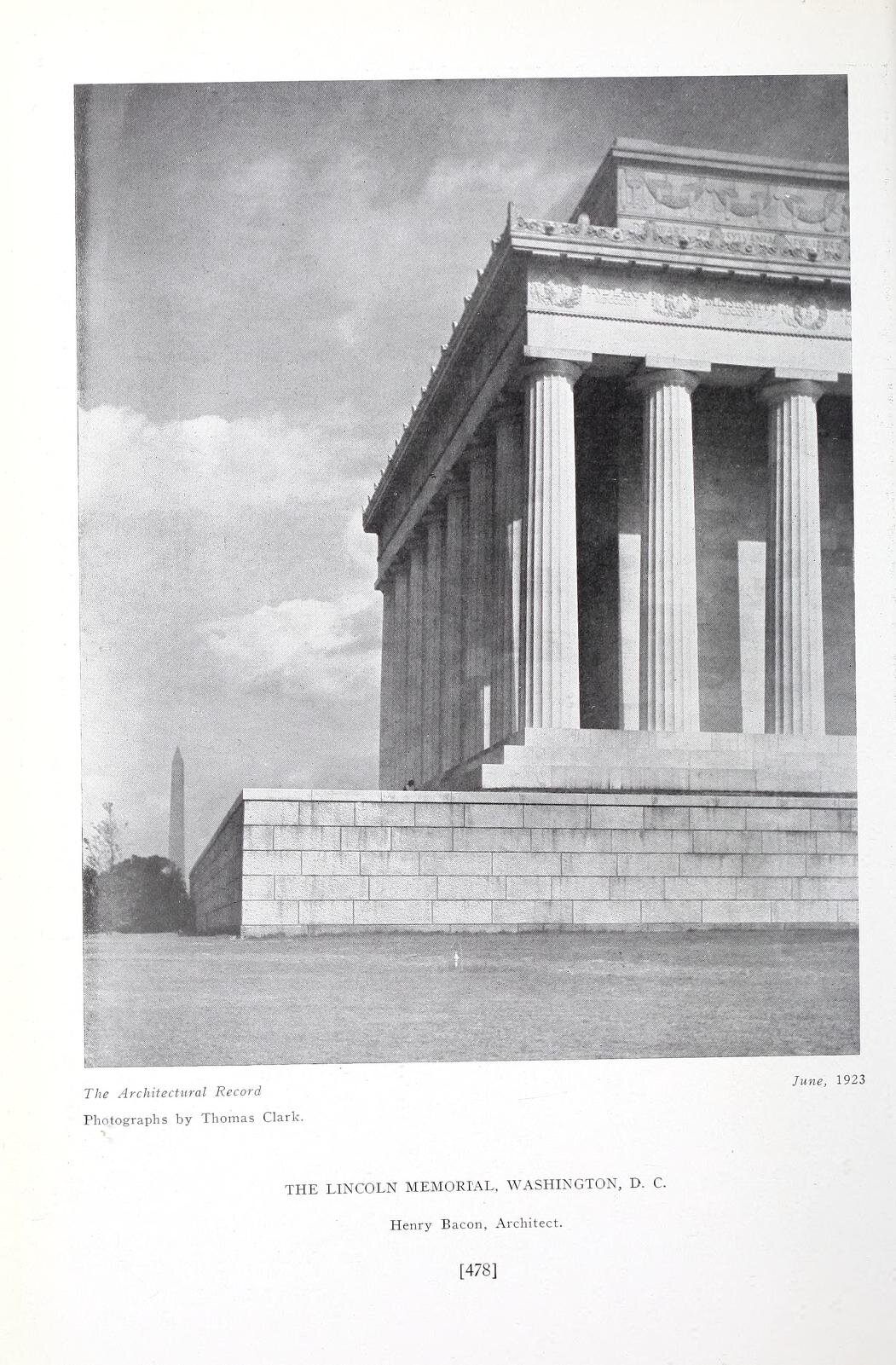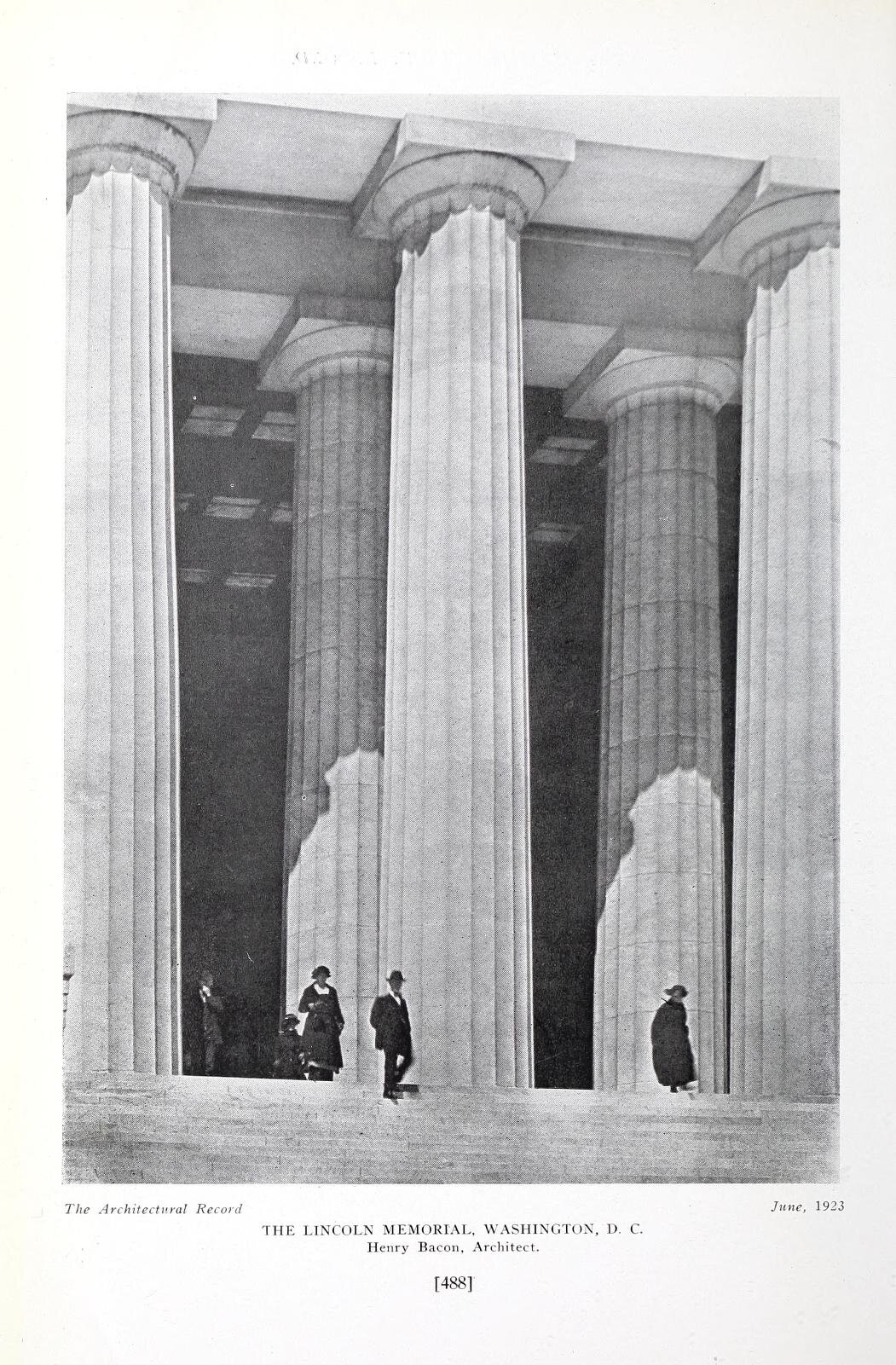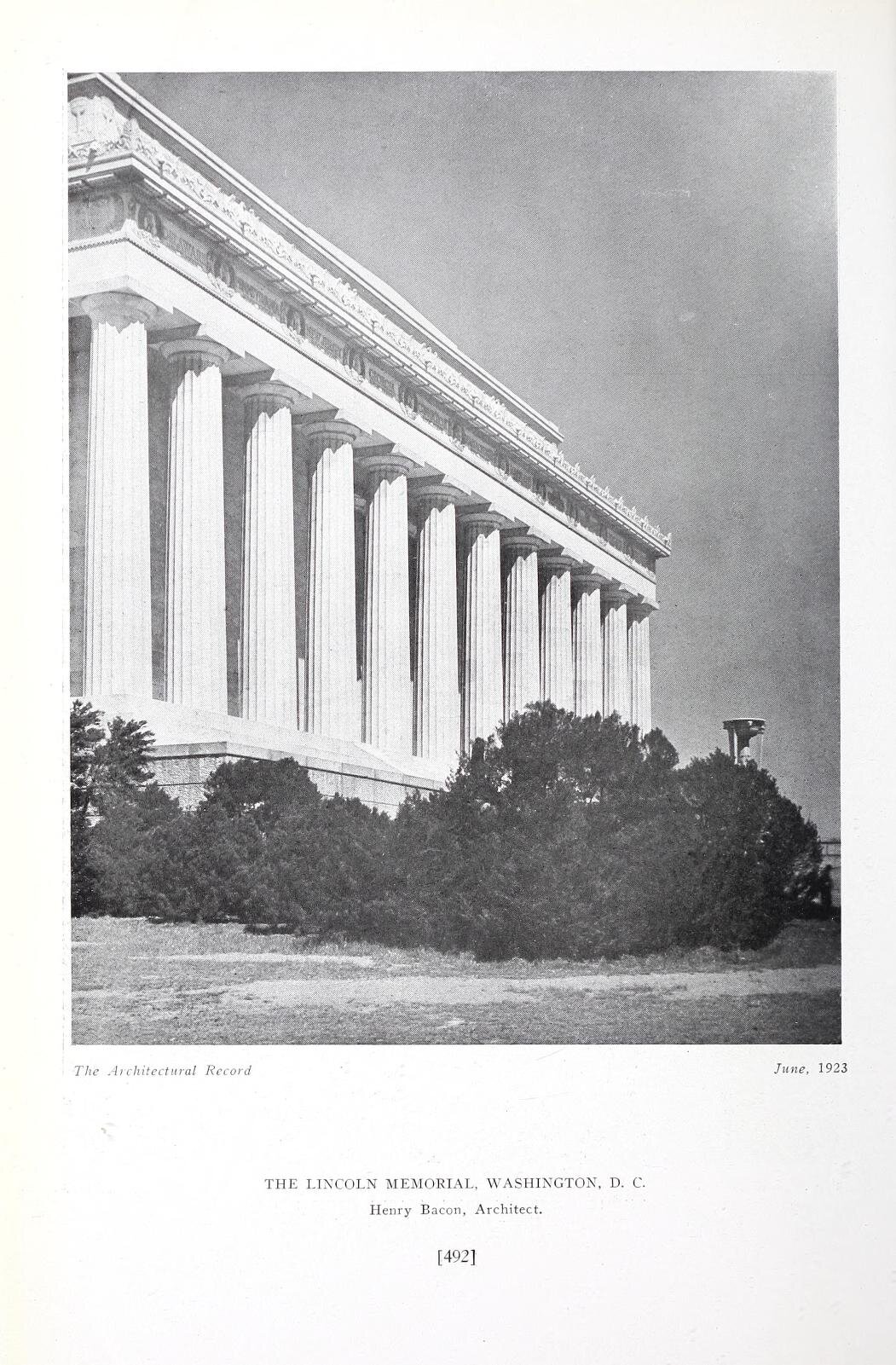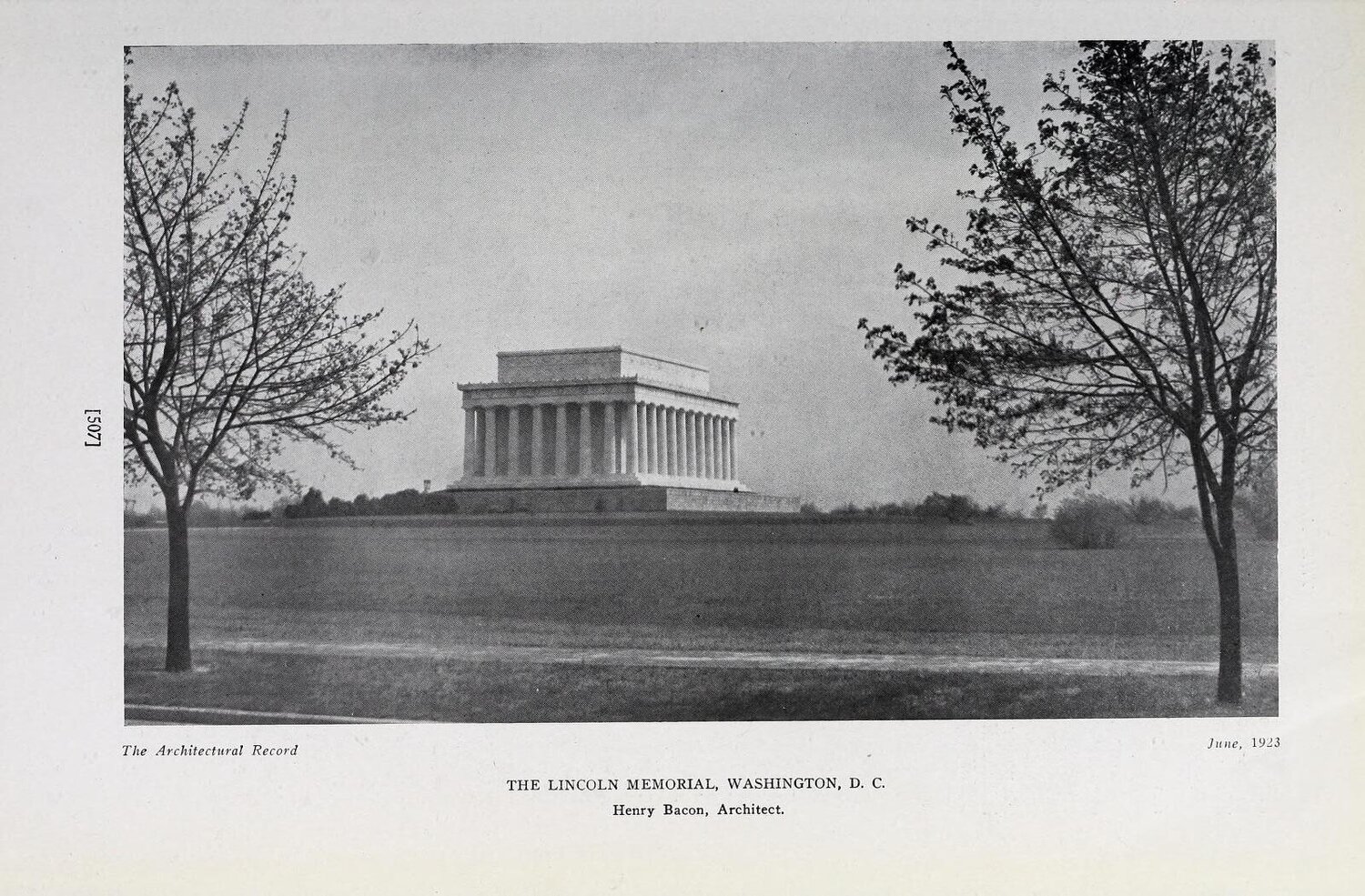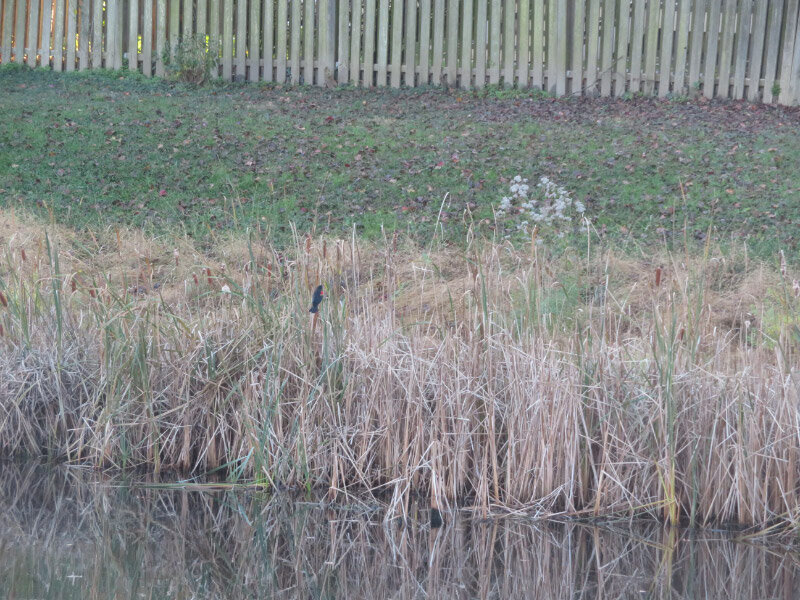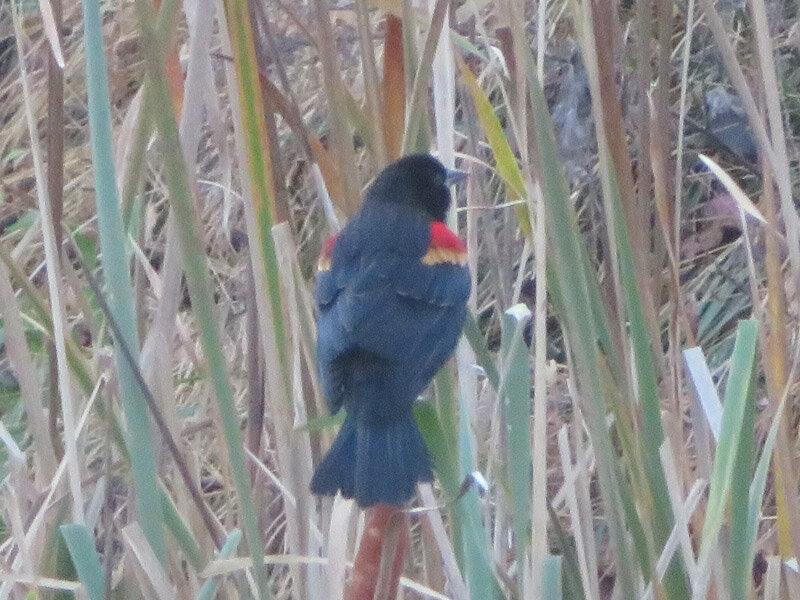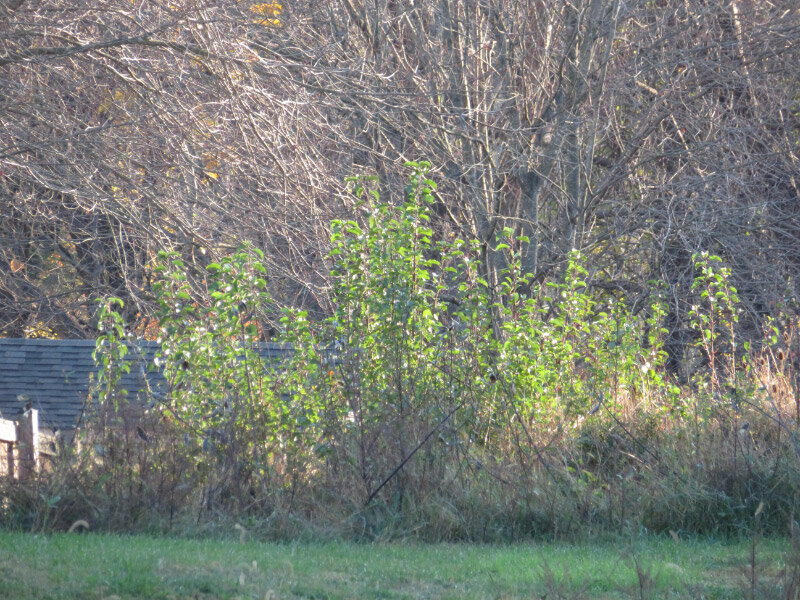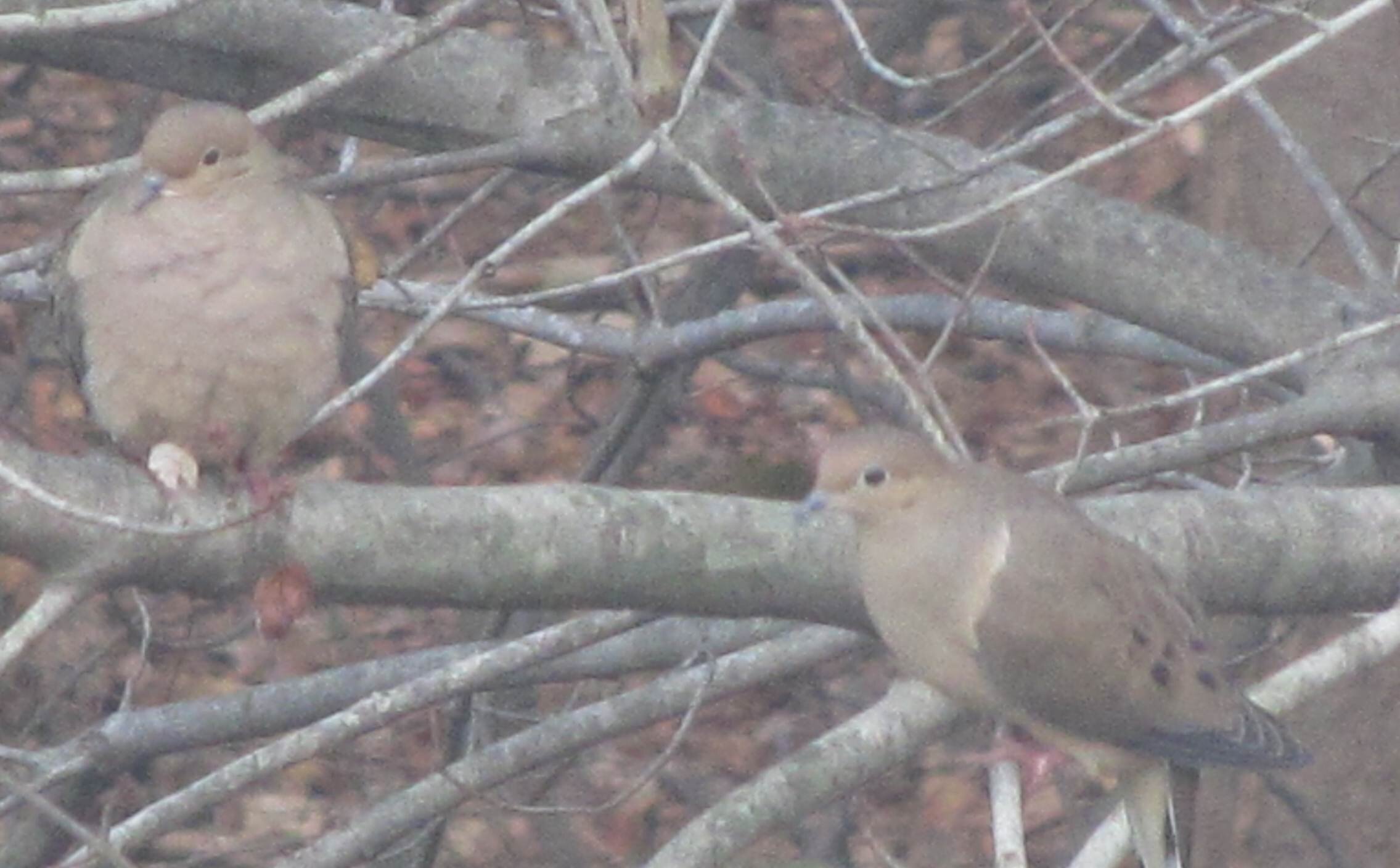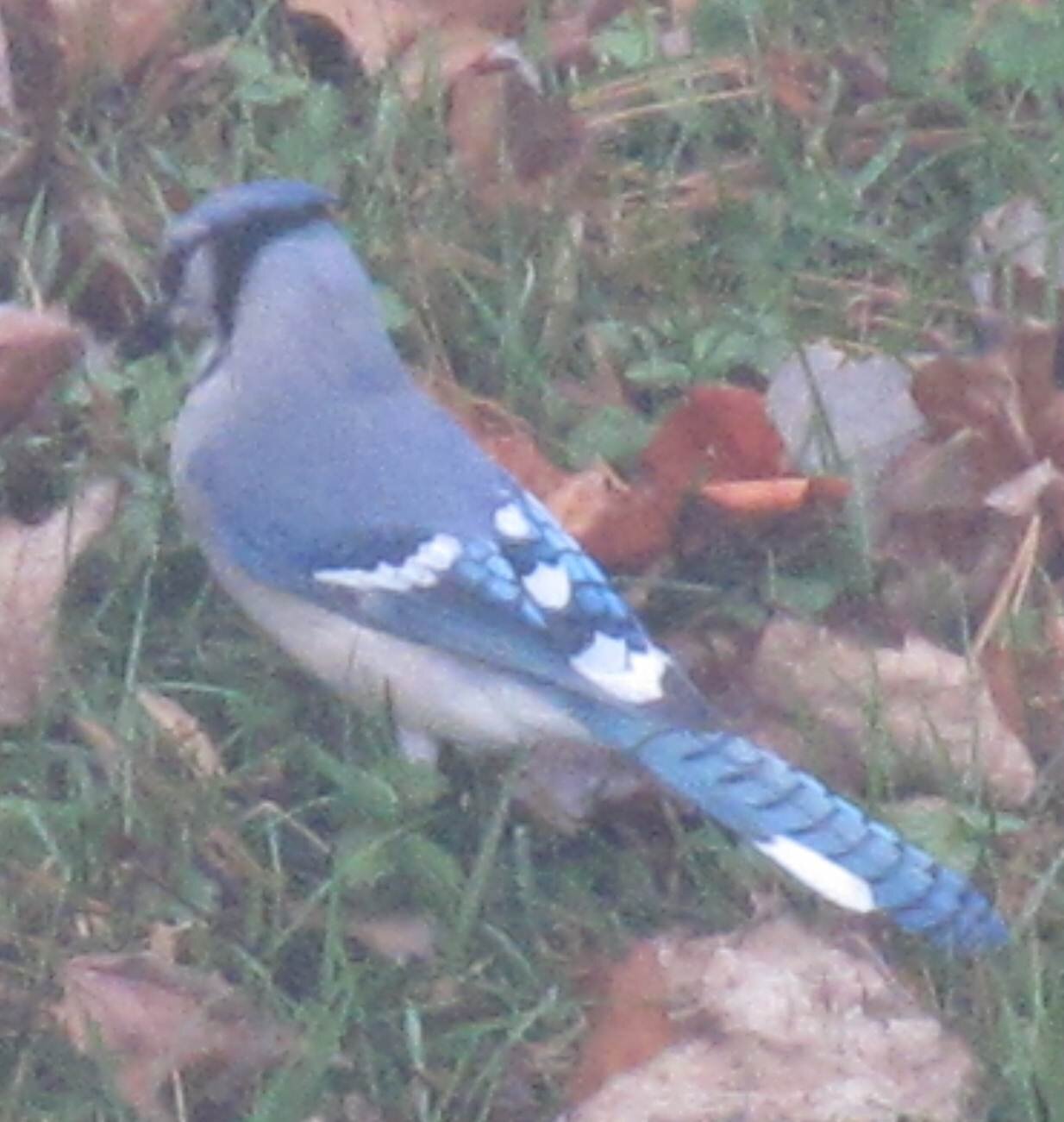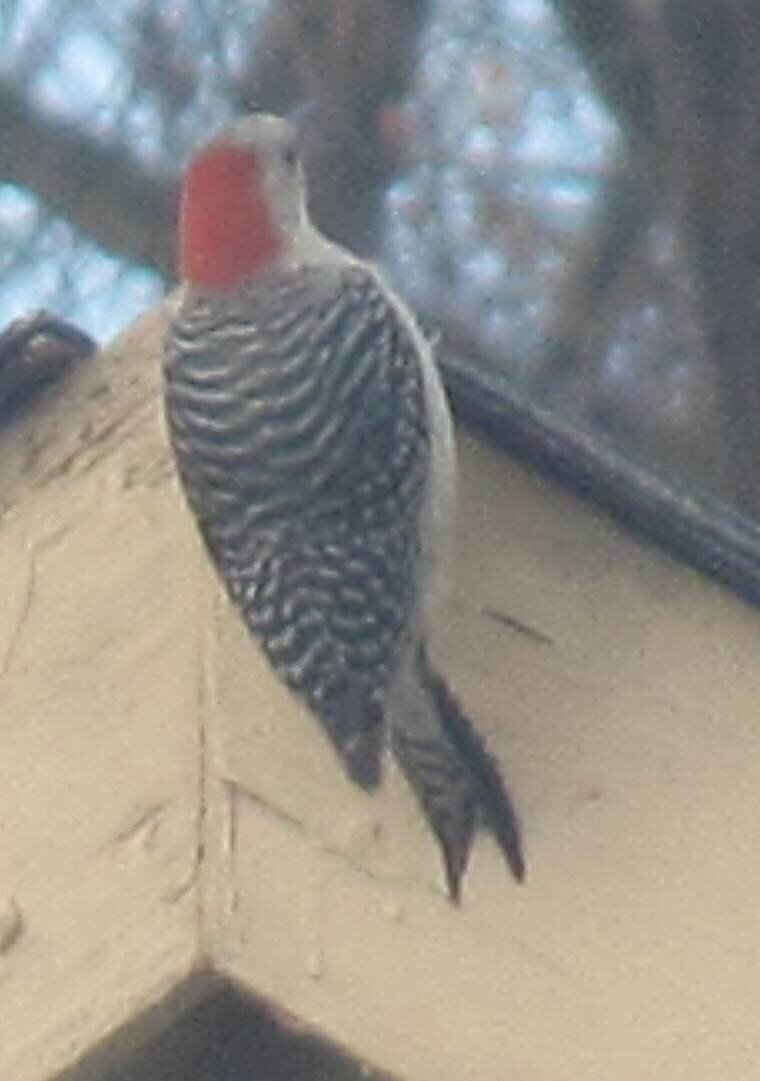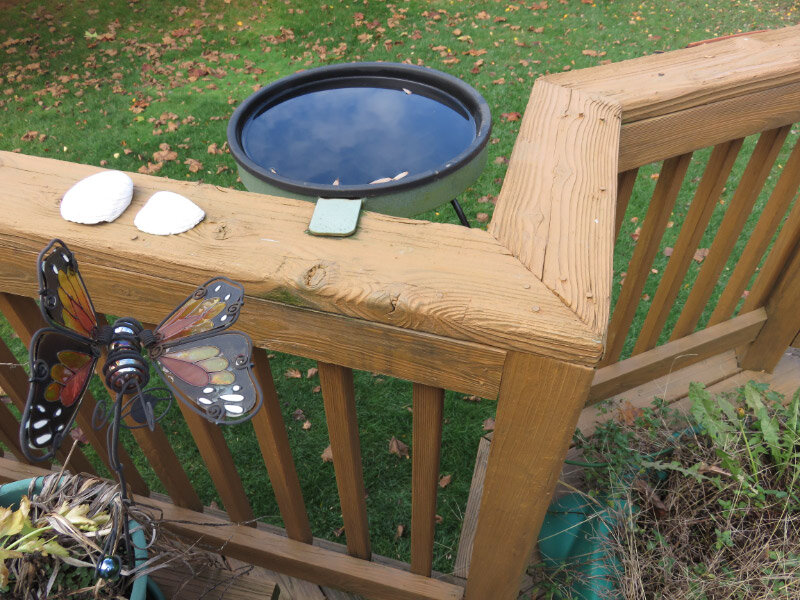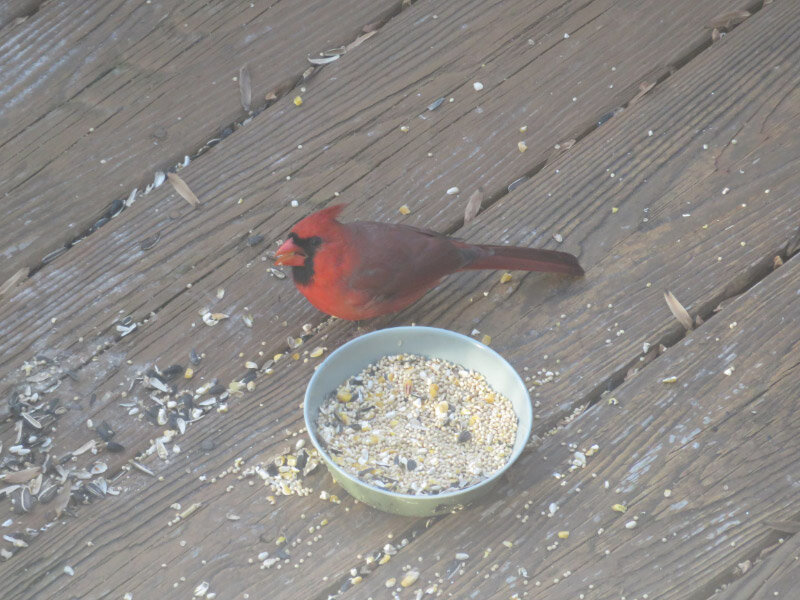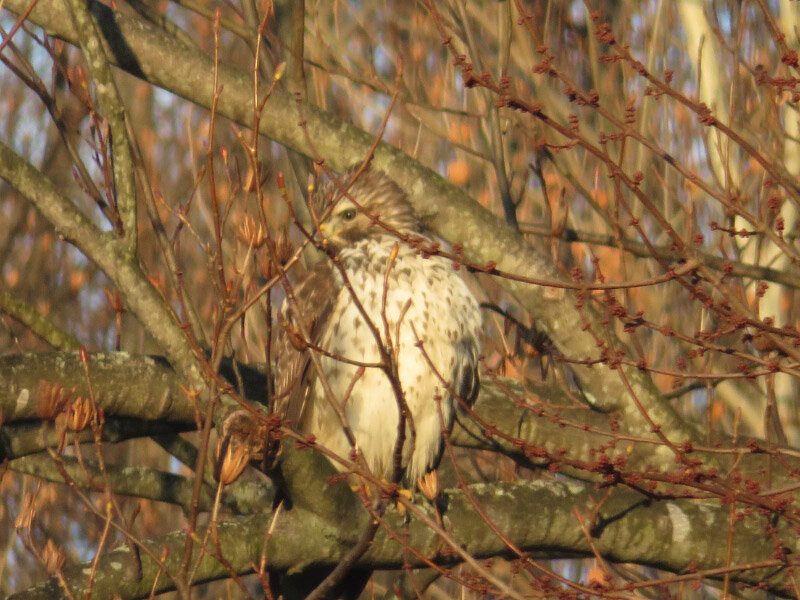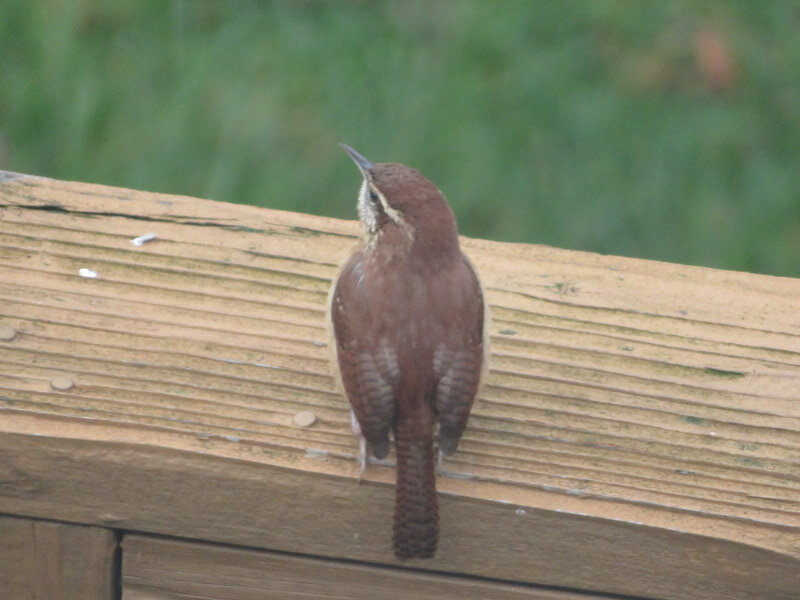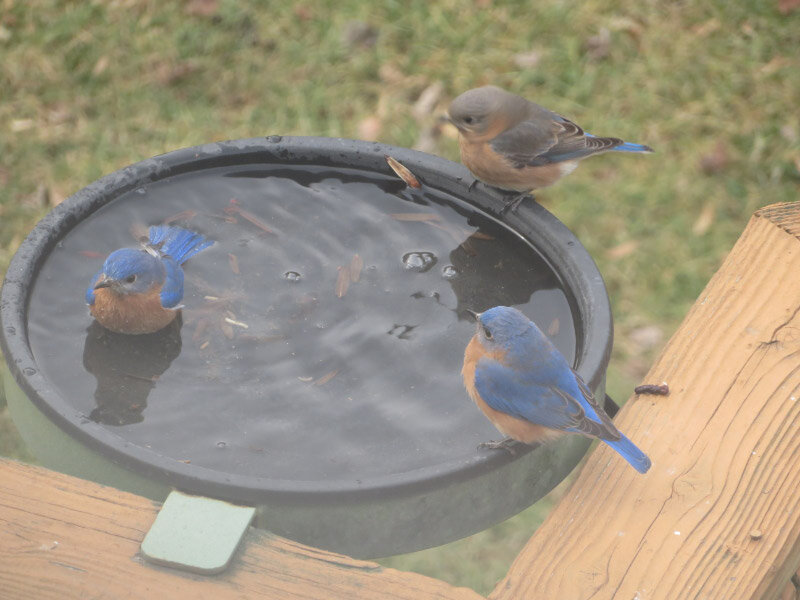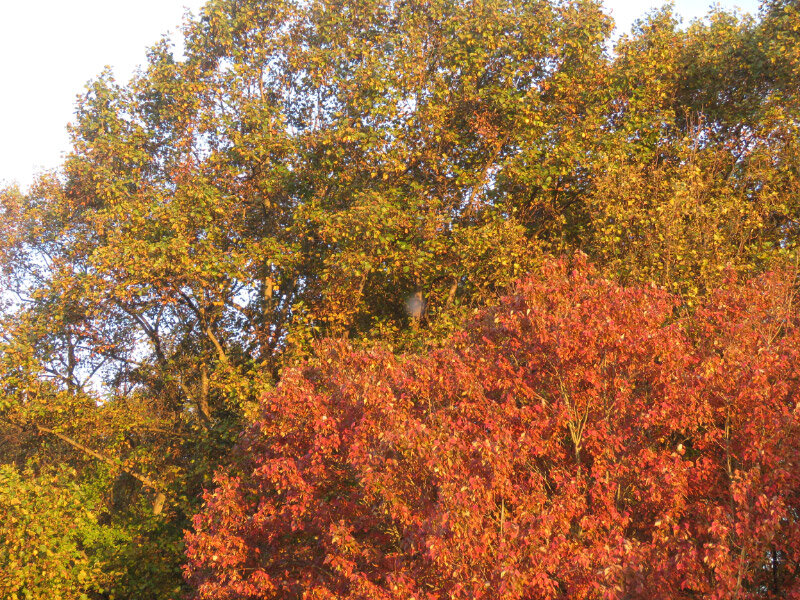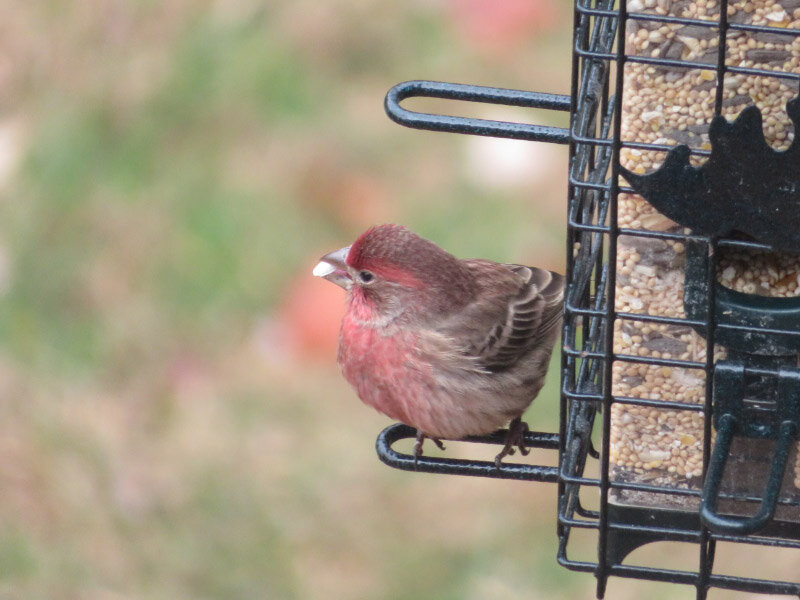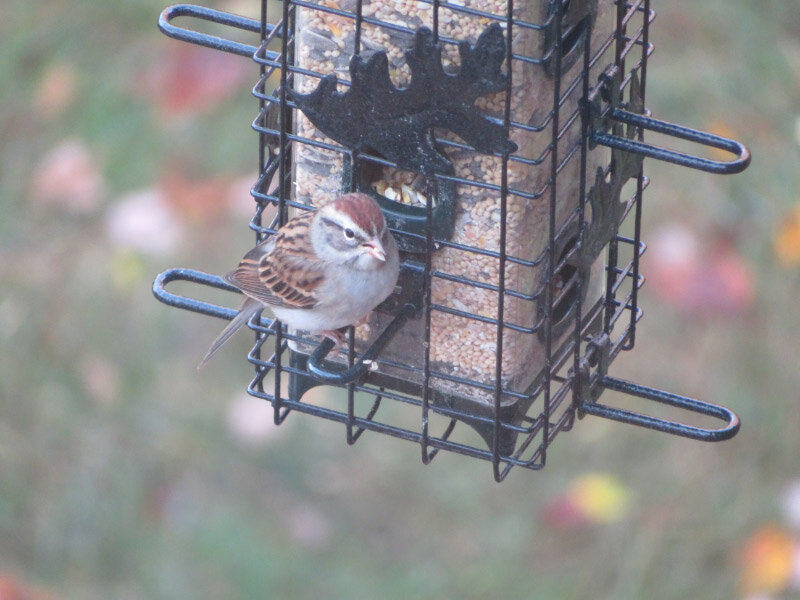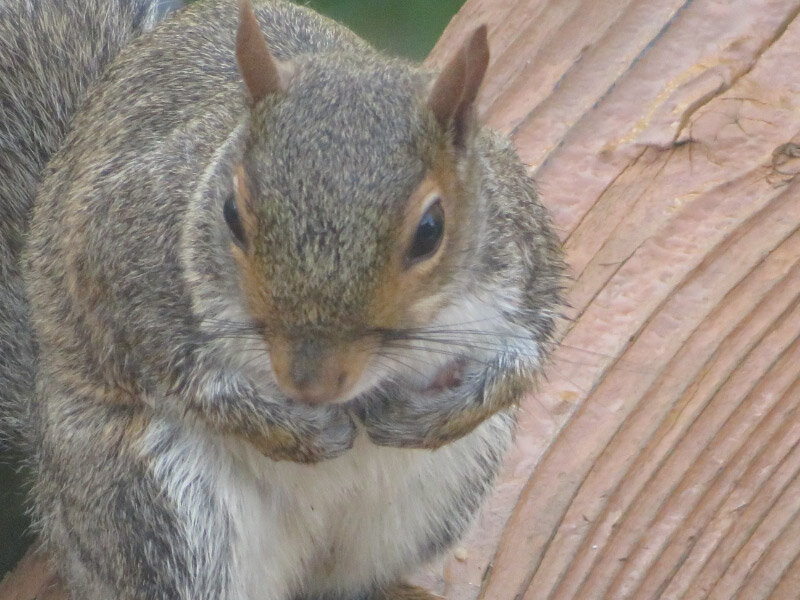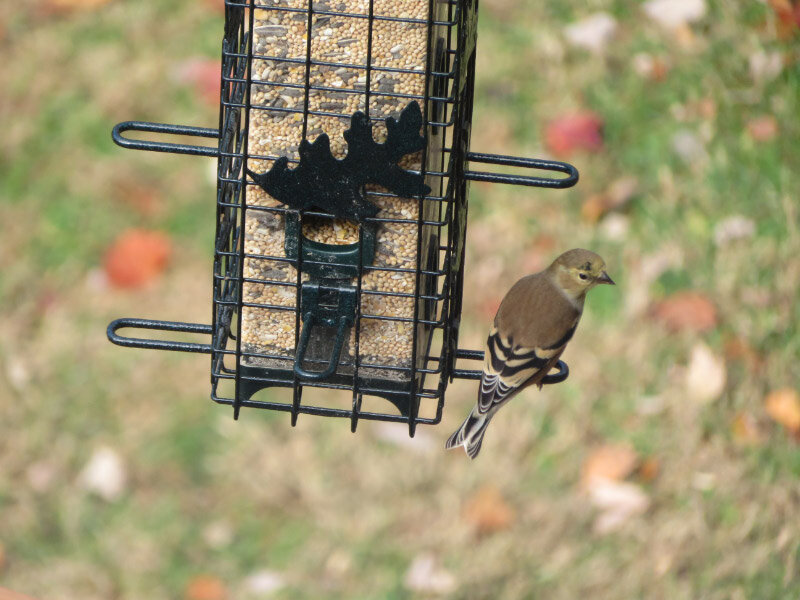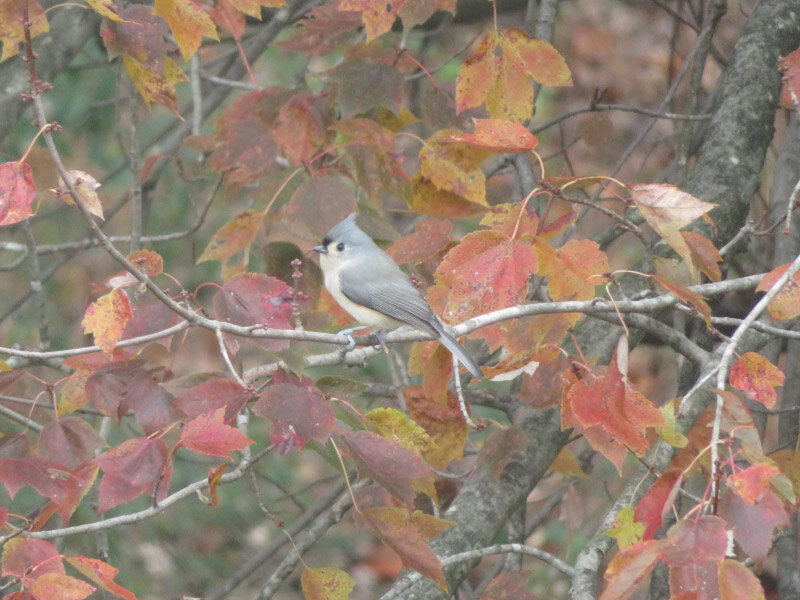eBotanical Prints – December 2020
/20 new books for the botanical prints list in December….all from the Internet Archive. 12 of them are an annual publication from the Georgia Botanical Society published between 1986 and 2005; there are 7 more that I looked at in January and will include in next month’s eBotanical Prints post.
Just as in previous months, there is quite a range in the publication dates: 1687 to 2005. And different types of images: drawings, colored prints, and photographs. There is one image for each of the 20 new books; click an any sample image below to get an enlarged version. Enjoy the December eBotanical Prints! The whole list of 2,041 eBooks can be accessed here.
Opera omnia, seu, Thesaurus locupletissimus botanico-medico-anatomicus * Malpighii, Marcelli * sample image * 1687
Gramineae Chilenses * Desvaux, Emile * sample image * 1853
Flora Peruviana, et Chilensis plates I-CLII * Ruiz, Hippolyto; Pavon, Josepho * sample image * 1798
Flora Peruviana, et Chilensis plates CLIII-CCCXXV * Ruiz, Hippolyto; Pavon, Josepho * sample image * 1798
Plantes equinoxiales recueillies au Mexique vol 1 * Humboldt, Alexander von; Bonpland, Aime * sample image * 1808
Plantes equinoxiales recueillies au Mexique vol 2 * Humboldt, Alexander von; Bonpland, Aime * sample image * 1808
Stirpes novae * L'Heritier de Brutelle, Charles Louis * sample image * 1784
A description of the genus Cinchona * Lambert, Alymer Bourke * sample image * 1797
Tipularia - 2005 * Georgia Botanical Society * sample image * 2005
Tipularia - 1986 - 1987 * Georgia Botanical Society * sample image * 1987
Tipularia - 2004 * Georgia Botanical Society * sample image * 2004
Tipularia - 2003 * Georgia Botanical Society * sample image * 2003
Tipularia - 2002 * Georgia Botanical Society * sample image * 2002
Tipularia - 2001 * Georgia Botanical Society * sample image * 2001
Tipularia - 2000 * Georgia Botanical Society * sample image * 2000
Tipularia - 1999 * Georgia Botanical Society * sample image * 1999
Tipularia - 1998 * Georgia Botanical Society * sample image * 1998
Tipularia - 1997 * Georgia Botanical Society * sample image * 1997
Tipularia - 1995 * Georgia Botanical Society * sample image * 1995
Tipularia - 1994 * Georgia Botanical Society * sample image * 1994


